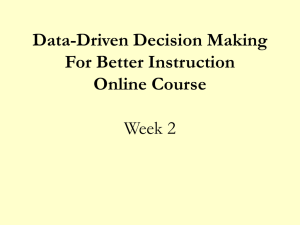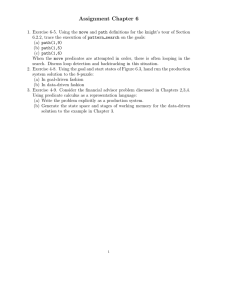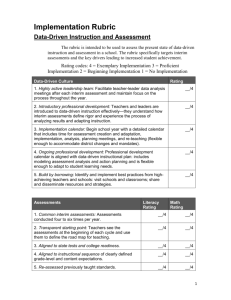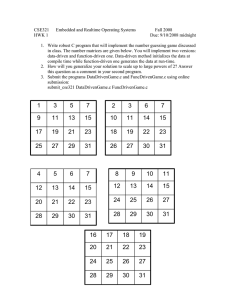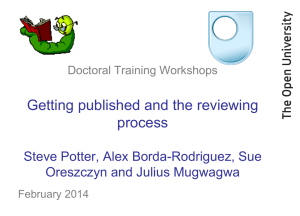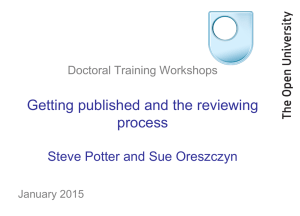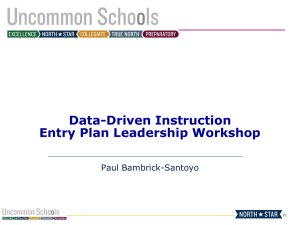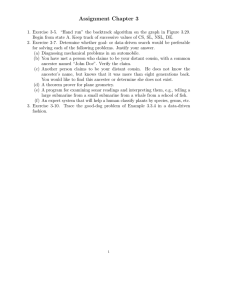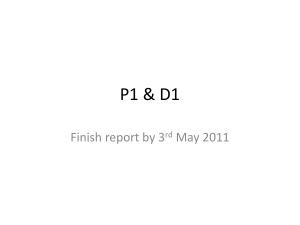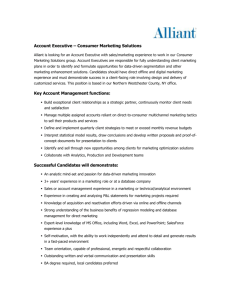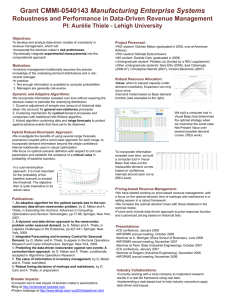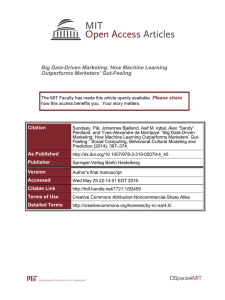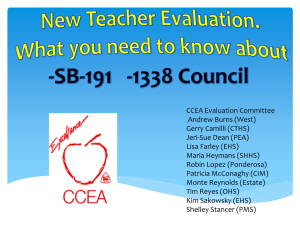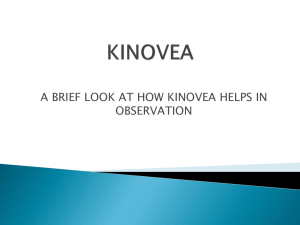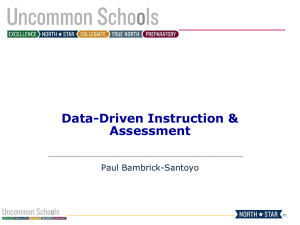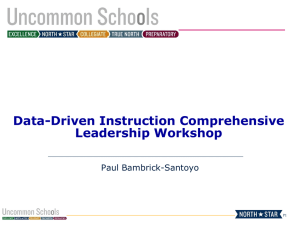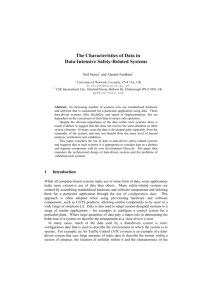140927 Data-Driven Department (Kettering)
advertisement
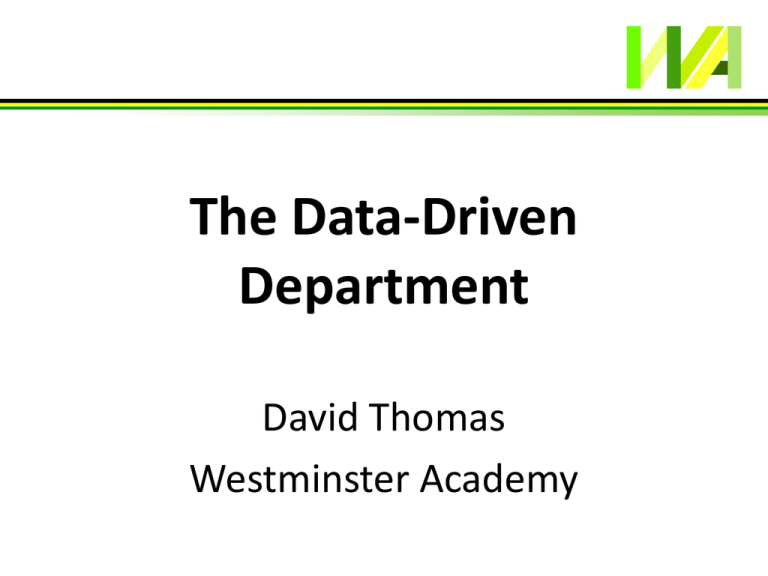
The Data-Driven Department David Thomas Westminster Academy Word association… Word association… • • • • • Stress Time consuming Confusing Waste of time Distraction A different beast? • “After spending ten years observing schools, I am convinced that data-driven instruction is the single most effective use of a school leader’s time” Paul Bambrick-Santoyo, Uncommon Schools We got assessment wrong • Levels were: – Summative used formatively – Disincentives for deeper thinking – Incomprehensible to most people • But most importantly… We got assessment wrong • Levels were: – Summative used formatively – Disincentives for deeper thinking – Incomprehensible to most people • But most importantly… – You couldn’t act on them A better system Fit for purpose • Our proposal: – Granular assessment – Percentage scores – Frequent, low-stakes assessment – Culture of using data to drive teaching and learning A Data-Driven cycle Plan the curriculum Do it again Set the rigour Act on it Do the assessment Analyse it 1. Plan the curriculum • Map over five/seven years • Set unambiguous objectives • Make sure you space and interleave concepts 2. Set the rigour • Curriculum leads assessment, but assessment defines the curriculum • Good formative assessments: – Set clear expectations of difficulty – Connect the curriculum you want to the exams you need to prepare for – Are public to all teachers 2. Set the rigour 3. Do the assessment • When it’s right. Learning should dictate timing, not the school calendar • Assessments should be: – Frequent – Short – Marked within 24 hours – Tracked diligently 4. Analyse it • Looking for: – Performance – Trends • At different levels: – Cohort – Class – Student • Talk about horizontal and vertical analysis 4. Analyse it • This is the top priority task • It needs: – Dedicated time – Peer-challenge – Action planning 5. Act on it • Re-teaching, not revision • Why didn’t students learn? – Not encountered concept in enough ways/at enough times (Nuthall) – New concept not settled (liminal state) – No storage strength built (Bjork) – Objectives not covered properly – Disruption/distraction – Complete mystery! • What does good re-teaching look like? 5. Act on it • Review meeting • In pairs. Person A is Mr Smith, Person B is HoD • Mr Smith thinks his job is to teach lessons, and students have to make sure they learn from them • Reach an effective action plan for this class 6. Do it again • • • • You MUST re-assess How else do you know the re-teaching worked? How else do students know it’s important? Great way to capitalise on spacing and testing effects to boost storage strength Testing effect 1. 2. 3. 4. 5. What are the six steps in the data-driven cycle? Over what time period should you map the curriculum? Why should assessments be public? Write down two ways to act on assessment. Which step is going to be hardest in your school and why? A Data-Driven cycle Plan the curriculum Do it again Set the rigour Act on it Do the assessment Analyse it Common mistakes? Common mistakes • • • • • • • Combining formative and summative assessment Secret assessments Calendar rules Slow marking No time for analysis and planning Acting on it badly (revision lessons) Not doing it again Act on Assessment • We’ve designed a software package for tracking, storing and analysing the results of granular assessment • The first release is available free thanks to the DfE’s Assessment Innovation Fund, and comes out soon • Makes tracking and analysis happen: – At a whole school or departmental level – In as few clicks as possible – Stored securely and robustly through time Questions? • davidthomas@westminsteracademy.biz • @dmthomas90
